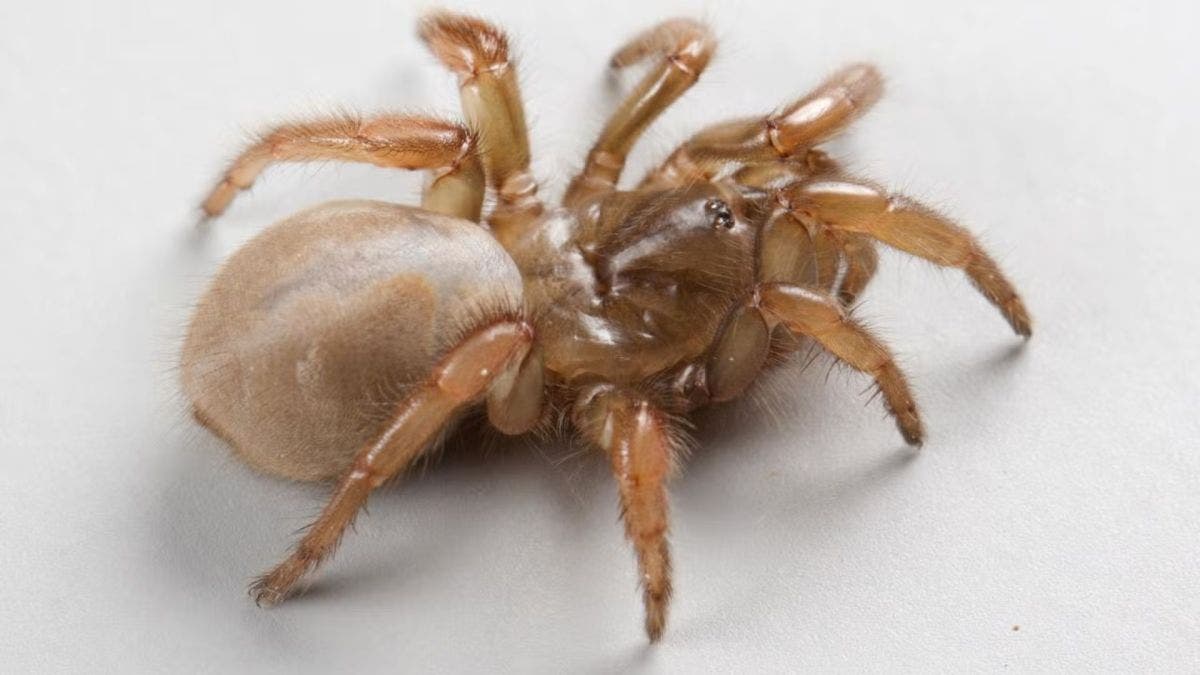Home / Science / Genetically Distinct Trapdoor Spider Discovered in California Dunes
Genetically Distinct Trapdoor Spider Discovered in California Dunes
30 Oct
Summary
- New spider species named Aptostichus ramirezae found in California coastal dunes
- Genetically distinct from close relative, more so than humans to bonobos and chimps
- Females live over 15 years, facing habitat loss from rising seas, development, and wildfires

In October 2025, researchers at the University of California, Davis, announced the discovery of a new species of spider living in the state's coastal sand dunes. The new species, named Aptostichus ramirezae, is a type of trapdoor spider that is genetically distinct from its close relative, Aptostichus simus, which was previously believed to be the same species.
According to the study's senior author, Jason Bond, this newly discovered spider is "absolutely beautiful" and lives underfoot on California beaches. While there are over 50,000 known spider species worldwide, Bond says this one was found right in the state, highlighting that there is still much to be discovered about the planet's biodiversity, even in familiar places.
The researchers found that Aptostichus ramirezae is more genetically distinct from its relatives than humans are to other closely related species like bonobos and chimpanzees. Additionally, the females of this species can live for over 15 years, spending their entire lives in underground burrows caring for their young.
However, this newly discovered spider faces significant threats to its habitat, which is being rapidly eroded and reduced by rising sea levels, urban development, and wildfires. As the species loses more of its natural environment, it is becoming increasingly at risk of extinction, which could have broader ecological impacts. Spiders play a crucial role in the ecosystem, consuming large amounts of insect prey and serving as food for other species.




